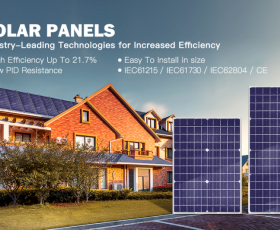Photovoltaic DC and PVC are often used together in solar power systems, but there are some important considerations to keep in mind when running photovoltaic DC through PVC. In this article, we will explore the potential risks and benefits of this setup, as well as some best practices for ensuring a safe and efficient installation.

The Basics of Photovoltaic DC and PVC
Photovoltaic DC refers to the direct current electricity generated by solar panels. This type of electricity is commonly used in residential and commercial solar power systems. PVC, on the other hand, stands for polyvinyl chloride, which is a type of plastic commonly used in electrical conduit and piping.Potential Risks of Running Photovoltaic DC Through PVC
While it is technically possible to run photovoltaic DC through PVC piping, there are some potential risks to consider. PVC is not as heat-resistant as other materials such as metal conduit, and it can become brittle and degrade over time when exposed to sunlight and extreme temperatures. This can lead to a higher risk of fire or electrical failure.Proper Sizing and Installation
If you do choose to run photovoltaic DC through PVC, it is crucial to ensure that the PVC piping is properly sized and installed. This means using the correct diameter of PVC conduit to accommodate the number of photovoltaic DC wires being routed through it, and securing the conduit properly to prevent movement or damage.

